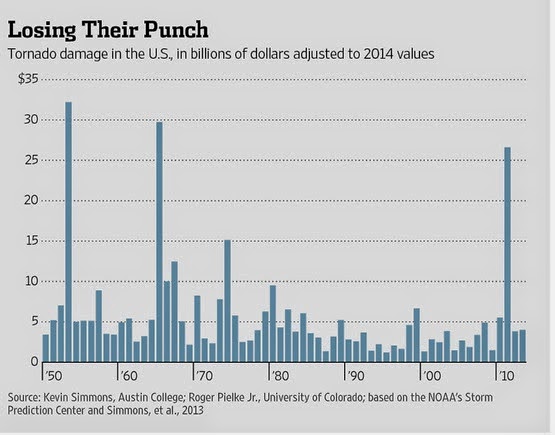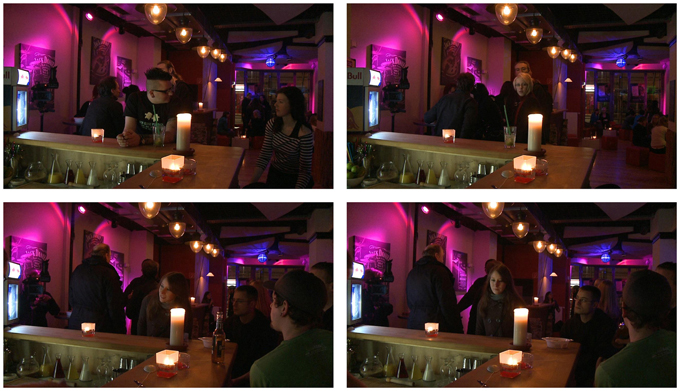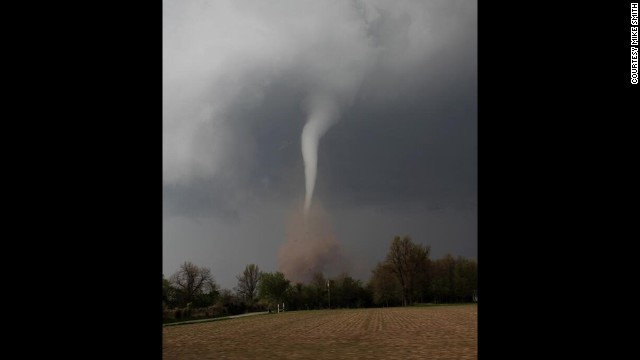Amway is an American institution, one of the first and most profitable of the multi-level marketing schemes, where what is really being sold is participation in the scheme not so much the products and the focus is on motivation, but not only motivation to sell, motivation to recruit new sales people, and the payoff is a cut of what the new sales people sell as they order through you. It is not illegal, but MLM exploits the newbies at the bottom who have to buy their stock and are not always able to sell it as explained at
the Skeptic's Dictionary
An Amway customer is not just buying a detergent, but is recruited into being a minister of a faith with a complicated bookkeeping scheme. Why not just go to your local store and buy soap, you ask? Because the agent is someone you know, or who knows someone you know, who's invited you over for coffee to tell you about a great opportunity. Odds are good that you'll either buy something out of politeness or a genuine need for soap or vitamins, etc. Perhaps you will become an agent yourself. Either way, the agent (distributor) who sold you the soap or vitamins makes money. If you become an agent (distributor) then part of every sale you make goes to your recruiter. The new recruit is drawn into the system not primarily by the attractiveness of selling Amway products door to door, but by the opportunity to sell Amway itself to others who, hopefully, will do the same. The products seem secondary to the process of recruitment. Yet, the distributors will learn to talk about little else than the product and its "quality." What justifies MLM schemes is the high quality of their products. What entices the recruit, however, is likely to be the attractiveness of making money from others' sales, not the products themselves.
Today at
Resource Crisis Ugo Bardi pops the cork on Frontiers, describing their business model
Once an editor, I discovered the peculiar structure of the Frontiers system. It is a giant pyramidal scheme where each journal has sub-journals (called "specialties" in Frontiers' jargon). The pyramid extends to the people involved with the scientific editing: it starts with "chief editors" who supervise "chief specialty editors", who supervise "associate editors", who supervise "reviewers". Since each steps involves a growth of a factor 10-20 in the number of people, you can see that each journal of the Frontiers series may involve a few thousand scientists. The whole system may count, probably, tens of thousands of scientists.
This is the classic multi-level marketing scheme but with a devious twist, because the "chief editors" (maybe, where the money stops is not clear) the "chief specialty editors" the "associate editors" and the "reviewers" are working for the titles and glory and the contribution that they are making to Frontiers, not the money that the Frontiers journals charge for open publication, which means for all the services, whatever they are, of publication. Ugo continues
But my impression is that the pyramidal structure of Frontiers was not
created just for speed; it had a a marketing objective. Surely,
involving so many scientists in the process creates an atmosphere
of participation which encourages them to submit their papers to the
journal and this is where the publisher makes money, of course. I cannot
prove that the structure of Frontiers was conceived in these terms from
the beginning, but, apparently, they are not alien to use aggressive promoting tactics for their business.
The beauty of this scheme is shown by what
Stephan Lewandowsky wrote when the second retraction statement was issued by Frontiers towards the beginning of the current unpleasantness,
Although there has been considerable media attention, the
authors have made few public comments since the paper was retracted. I
have continued to serve as a co-editor of a forthcoming special issue of
Frontiers, I accepted a reviewing assignment for that journal, and I currently have another paper in press with Frontiers. After the retraction, I was approached by several Frontiers
editors and authors who were dismayed at the journal’s decision. In all
instances I pointed out that I continued to serve as author, reviewer,
and co-editor for Frontiers.
Stephan was (Eli trusts the blinders are off now) a motivated Frontiers editor. But wait, there is more, Frontiers generates papers and publishing charges by motivating the lower depths of the chain to publish with Frontiers and the upper levels to push their friends to. One of the ways Frontiers does this is by selling itself as the scientists' journal, their thing, but Frontiers also raises money through the Frontiers Research Foundation which raises substantial funds to "supplement" the publishing charges.
Sweet.
UPDATE: In the comments John Mashey points to
Frontiers' fee schedule which has, toward the bottom, this very Amway statement "Frontiers awards annual honoraria to field and specialty chief editors at threshold levels of success of their journals."
Sweeter still
This explains the over the top way that Frontiers has been handling the Recursive Fury Affair. If the better parts of the editor network decide that they don't want to donate time and papers to Frontiers, Frontiers is dead, just another fly by night open access publisher begging for papers (paid of course).
UPDATE: Title changed based on
MT's wordsmithing























